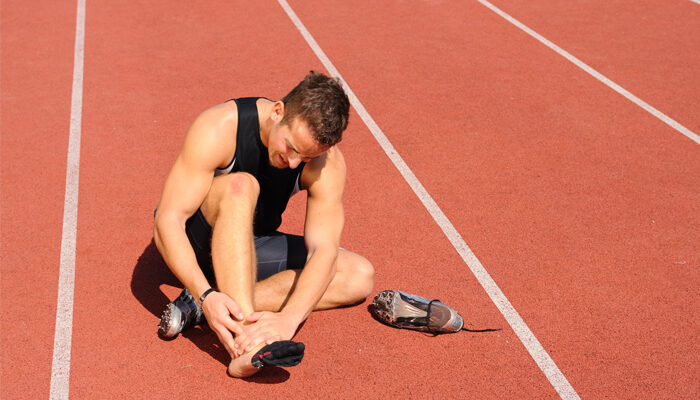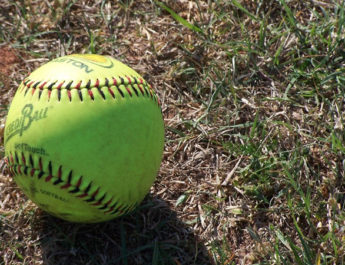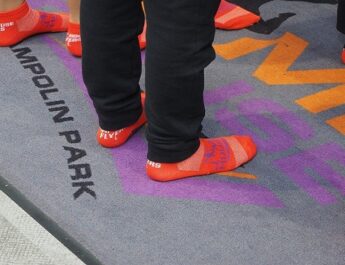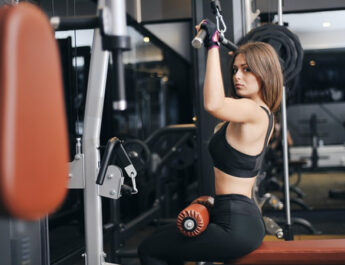Newstricky| If you are an athlete, whether you are a professional or amateur, your feet are one of the most important parts of your body. If they are not in good shape, it is very likely that you will not be able to enjoy your passion at 100%.
The importance of taking care of your feet cannot be stressed enough. It is very important to know how to take care of your feet so that you can avoid pains and injuries.
There are many reasons why athletes feel pain in their feet:
Table of Contents
Poor shoe choice
Shoes that do not fit properly can cause foot pain even during exercise or normal day-to-day activities. This is because poor shoes place additional stress on the feet and legs, which could eventually lead to injuries such as shin splints or Achilles tendinitis. So make sure that you have chosen the right footwear for your workout and activities.
You don’t warm up before working out
Warming up helps to get your blood flowing through your body and therefore reduces the risk of injury during workouts. Warm-up exercises will also help to loosen up your muscles and prevent cramps during exercise.
Stress fractures
Stress fractures are commonly formed in the bones of athletes that participate in events with a high impact, like running. The most common cause of stress fractures is the impact force applied to the bone during running. These injuries tend to occur when you do not wear appropriate footwear or if you have poor biomechanics while exercising. Other causes include repetitive trauma, overuse, and genetics.
Running can be hard on your feet, especially if you run on non-cushioned surfaces such as concrete or asphalt roads for long periods of time without taking rests between runs. In addition, people whose bodies lack sufficient calcium may develop stress fractures more easily than those whose bodies produce enough vitamin D (which helps absorb calcium). You should also wear proper shoes that provide good support and cushioning for your feet so they will not fall victim to injury due to improper footwear selection; otherwise, it can lead up t0 serious problems down the line such as chronic heel pain (plantar fasciitis).
Achilles tendon rupture
If you are an athlete and feel pain in your feet, it’s most likely due to an Achilles tendon rupture. The Achilles tendon is the longest and strongest tendon in the body and it runs from your heel all the way up to your calf muscles.
Achilles tendon ruptures are common injuries for athletes because they put a lot of stress on their bodies when playing sports or training for them. Symptoms include sudden and sharp pain in the back of your ankle with a popping sound when injured. You may also notice swelling or bruising around where you were injured as well as limping or difficulty walking after sustaining one of these injuries.
Capsulitis (inflammation of the ligaments)
Capsulitis is an inflammation of the ligaments that surround your joints. It can be caused by injury, overuse, or repetitive motions. Capsulitis is common in athletes who participate in sports such as running and jumping. Symptoms include pain, swelling, and difficulty moving the foot
Treatment requires rest and ice to decrease swelling; elevation of your injured foot will also help relieve pain and reduce swelling.
Do not delay the foot examination
You must consult a podiatrist for the best orthotic solutions if you are suffering from foot pain! If the pain persists, it is best to visit your podiatrist and get advice on how to prevent it. Foot care is simple, but it’s not always easy: there are many ways to keep your feet healthy and take care of them. As an athlete, you must be very serious about your feet because they are one of the most important parts of your body.
Plantar fasciitis
If you are an athlete and you feel pain in your feet or heels, it may be plantar fasciitis. This is a common injury that can arise from overuse or weak muscles. Plantar fasciitis is caused by the inflammation of a thick band of tissue that runs across the bottom of your foot (the plantar fascia). It causes sharp pain in this area and usually occurs after exercise or activity when you stand up on your toes (such as when taking off your shoes). To treat this condition, stretch out tight calf muscles, strengthen foot muscles with exercises like toe raises, perform regular stretching exercises before bedtime and wear comfortable footwear that gives support without constricting movement.
Haglund’s deformity
A heel spur or Haglund’s deformity is a bony growth that extends from the back of your heel. It can occur on both feet, but one side is usually worse than the other.
The cause of this condition isn’t known, but it may be related to an imbalance between the muscles and tendons in your lower leg that help support you when walking and running. This imbalance may cause stress on your heel bone (calcaneus), which causes it to grow faster than normal.
Symptoms include:
- Pain under and around the affected heel that gets worse while walking or standing up after sitting or lying down for long periods of time such as during sleep; this pain improves when you walk around for a while before returning once again with more intensity after sitting/lying down again.
- There may also be swelling around the affected area.
- You may notice an indentation at mid-heel which becomes more noticeable during activity due to stretching by ligaments (connective tissues) on either side of it.
Arthritis (osteoarthritis and rheumatoid arthritis)
Arthritis is a disease of the joints. It’s painful and degenerative, usually affecting people over the age of 45 and causing stiffness, pain, and limited mobility in the affected joints. Arthritis often affects hips, knees, hands—any joint really. And while arthritis can be very debilitating for some people, others may experience mild symptoms that don’t interfere with their everyday lives.
The good news for athletes is that there are ways to manage your arthritis symptoms so you can still do what you love to do! You just need to find an effective treatment plan tailored specifically for you—and one that works best alongside your athletic training regimen.
Take care of your feet!




